10 Great Balls for Low Handicap Golfers & How to Find Yours
With the help of the top brand-agnostic ball-fitting tool, we found the best balls for good players

Low-handicap players know better than most just how much the golf ball impacts performance, and if you’ve gotten your handicap down into the single-digits, it’s almost a guarantee that a urethane-covered, 3-piece or more golf ball helped you do it.
While multi-layer, urethane balls are only a piece of the golf ball market pie, there are still a dizzying number of contenders in that specific segment. To help pinpoint the best golf balls for low-handicap golfers, we combined our first-hand experience with one of the top brand-agnostic resources in golf ball fitting, Ballnamic.
What is Ballnamic?
With the goal of helping identify the best performing golf balls for better players, Ballnamic gave GolfLink access to its golf ball fitting tool.
Here’s what you need to know about Ballnamic:
- Ballanmic is PING’s ball-fitting tool, and is brand-agnostic
- Ballnamic tests urethane-covered, 3-piece or more golf balls, and says it has “tested nearly all the balls on the market” and the database is updated at least twice a year
- Ballnamic uses robot-testing and down-range ball flight data to differentiate how balls perform on a variety of different shots and situations, including in the wind and the likelihood of fliers.
- Ballnamic rates your top 5 golf ball matches and breaks down how those recommendations compare in 10 different categories.
For your own custom ball fitting, take your preferences and tendencies (driver and 7-iron launch data is helpful but not required) to ballfitting.com. For $39, you get access to the tool, with up to five fittings, for one year. No, it’s not free, but it’s way cheaper than using the guess-and-check method.
Of course, we've also tested regularly gamed many of the the golf balls on this list as well, so we have some first-hand experience to contextualize how the numbers that Ballnamic spits out translate to performance on the course.
Without further ado, here are the top-matched golf balls for low-handicap players.
Bridgestone Tour B X
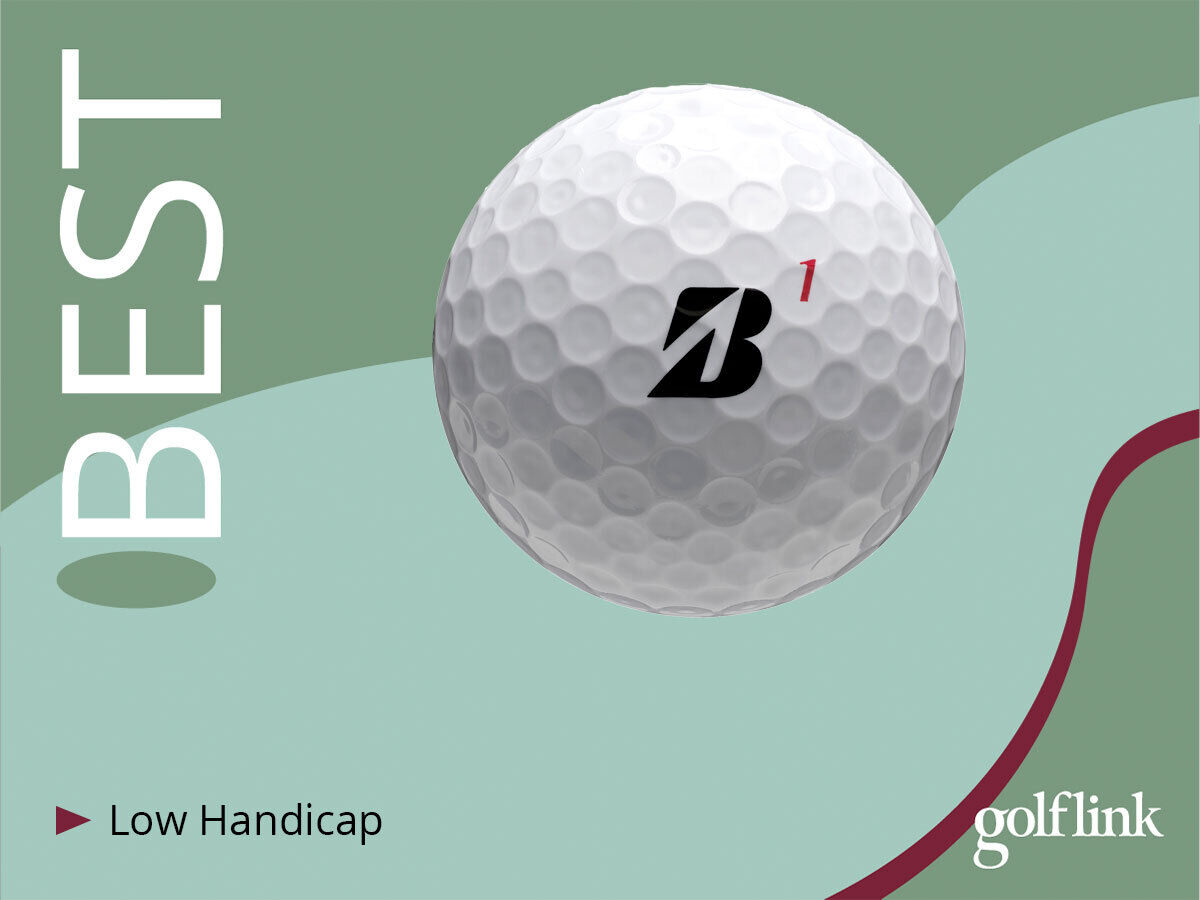
Buy at Dick'sFIND ON AMAZON
Typical Cost: $50/dozen
Best For: Distance, flier prevention, short game spin
Construction: 3-piece
Pros:
- Top-tier distance
- Very high greenside spin
- Best ball for fighting fliers
- Favors straight-flight over workability
Cons:
- Players who rely on workability should consider a different ball
- Firm feel may not appeal to some players
Ballnamic identified the Bridgestone Tour B X as the top match for our fictional, very neutral, low-handicap golfer. The Bridgestone Tour B X is the longest ball of the bunch, according to Ballnamic, and boasts the highest greenside spin rating.
Who doesn’t want a ball that lets you bomb it off the tee, and get crafty around the green? That performance can be attributed to Bridgestone’s REACTIV IQ cover, which is designed to deliver maximum distance off the driver, and more spin on approach and greenside shots.
On the scale of workable to straight-flying, the Tour B X is among the straighter-flying tour-caliber balls. On top of all that, the Tour B X earned the best flier prevention rating.
Callaway Chrome Tour
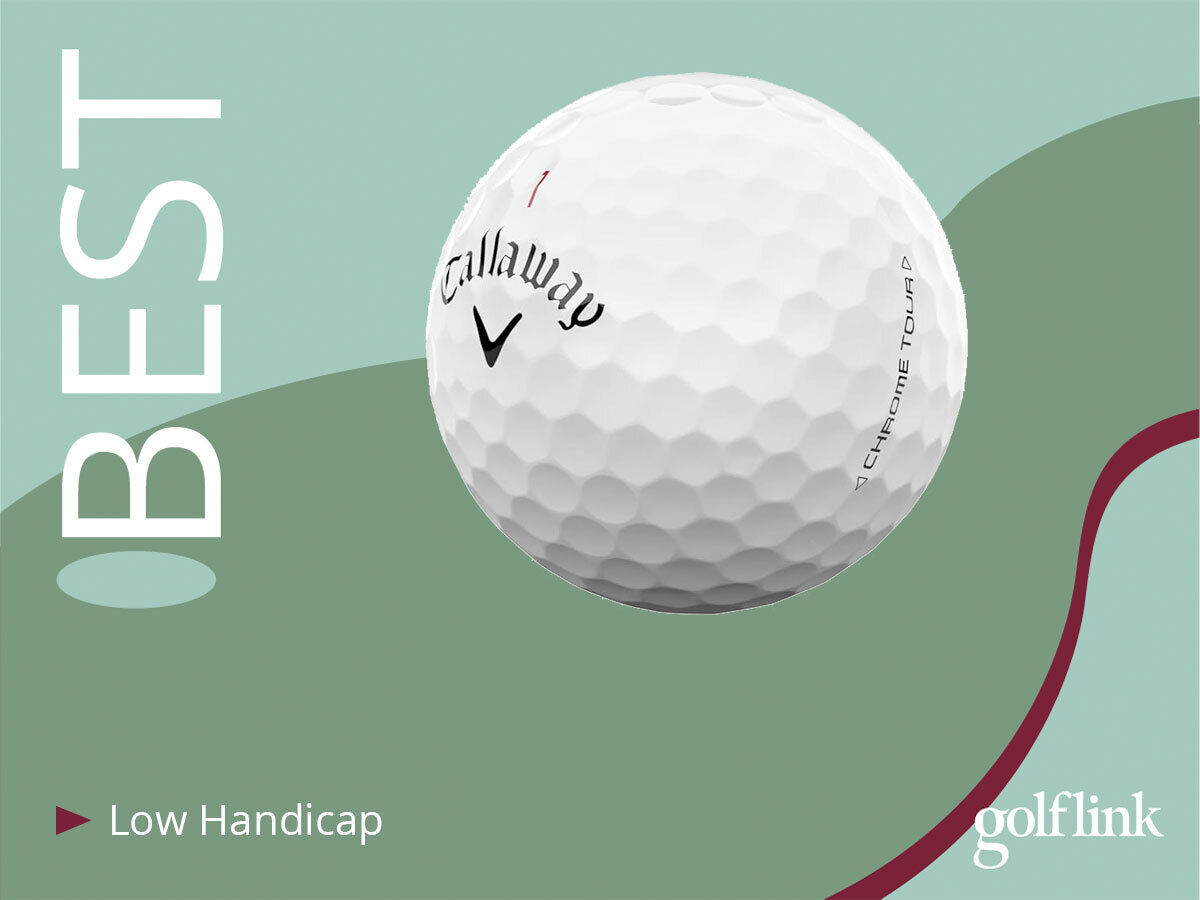
Typical Cost: $55/ dozen
Best For: Combination of accuracy and greenside performance
Construction: 4-piece
Pros:
- Long, especially off irons
- Excellent combination of straight-flying yet high greenside spin (which is difficult to find)
- Performs great in the wind
Cons:
- Top tier price
Callaway released a whole new line of golf balls in early 2024, the Chrome Tour, line, and the flagship ball is our top pick of the litter for low handicappers.
Players who crave a ball that flies relatively straight yet offers responsive greenside spin should check out the Chrome Tour, which replaced Callaways Chrome Soft X from its previous. generation of balls. It’s tough to find a ball that performs well around the greens yet resists curving too much on full shots, which is why the Chrome Tour stands out to us.
On top of all that, it’s available with several cover variations, including Callaway’s Triple Track alignment aid and various TruTrack patterns, both in yellow and white versions.
Titleist ProV1x
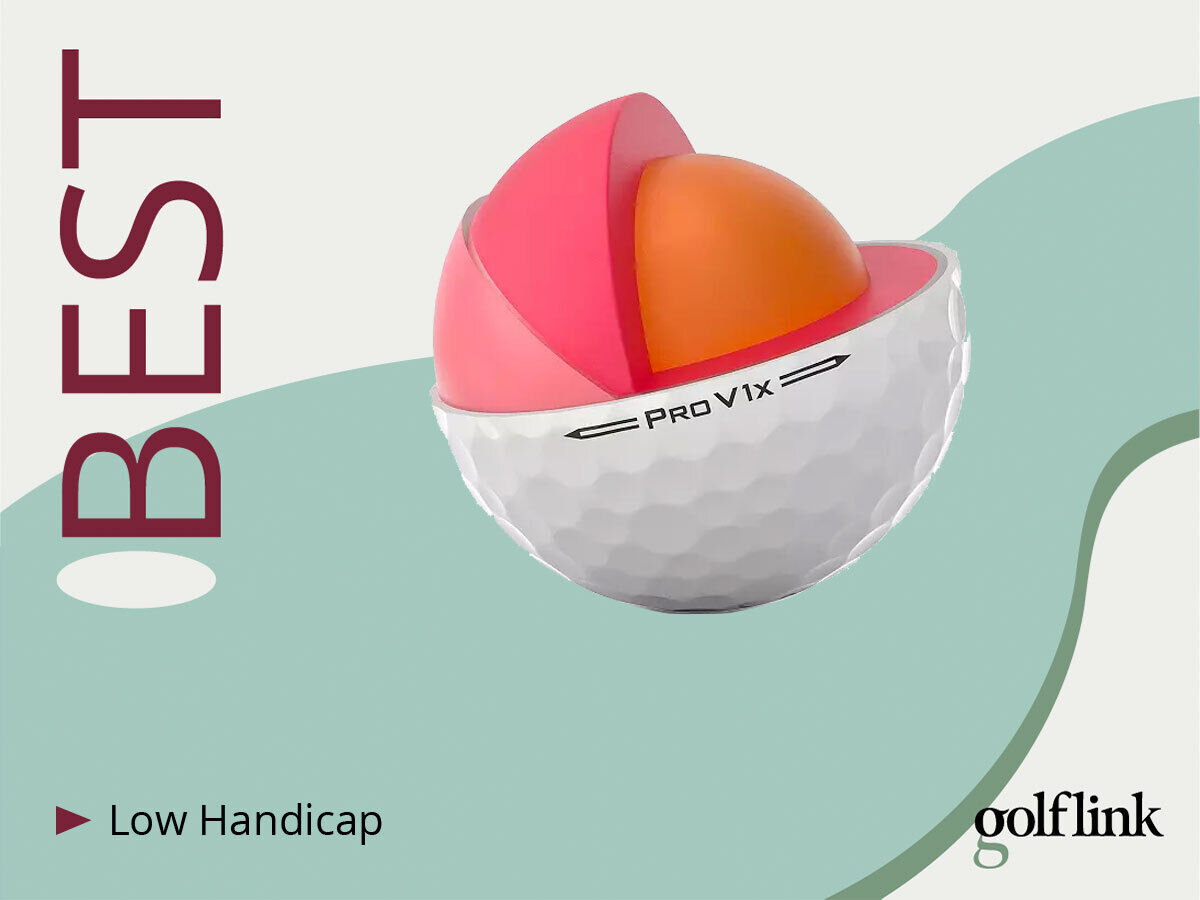
Buy at Dick'sCHECK AMAZON
Typical Cost: $55/dozen
Best For: Workability and stopping power from the approach game
Construction: 4-piece
Pros:
- Excellent at holding greens
- Very high greenside spin
- Very workable
Cons:
- One of, if not the most expensive ball on this list
To shoot your lowest scores, you need to hit greens in bunches and have commanding control in the short game. It just so happens that’s where the Titleist ProV1x excels most, making it one of the best golf balls for low-handicappers.
The ProV1x has the best 7-iron stopping power of any ball on this list, according to Ballnamic, and is the second-most workable. Meanwhile, it offers top-tier greenside spin. These elements combine to make the ProV1x a great ball for finesse players who demand a ball that can execute any shot they create.
Srixon Q Star Tour

The Srixon Q-Star Tour is the straightest-flying golf ball on this list
Buy at Dick'sFind on Amazon
Typical Cost: $35/dozen
Best For: Straightest flight with high-end distance for moderate swing speed players
Construction: 3-piece
Pros:
- Best value ball on this list
- Best for moderate to slower swing speeds
- Straightest-flying ball for low-handicappers
Cons:
- Lack of workability
- Faster swing speed players may over-compress this ball
- Least stopping power of any ball on this list
The Srixon Q Star Tour is different from most of the balls on this list. It’s designed more for the moderate to slower swing speed players who still need premium performance from their ball, than the tour-level swing speed players.
Don’t get us wrong, it’s still long. In fact, it delivers top-three driver distance of the balls on this list, according to Ballnamic.
Where the Q Star Tour really separates itself, however, is its ability to fly straight. On the 7-iron workability scale from 1 to 100 (1 being the straightest, 100 being the most workable), Ballnamic rated the Q Star Tour a 4, meaning it’s about as straight-flying as they come. That will appeal to some players, and turn others off, which is exactly why there’s no one-size-fits-all best golf ball for low-handicappers, or any category of player for that matter.
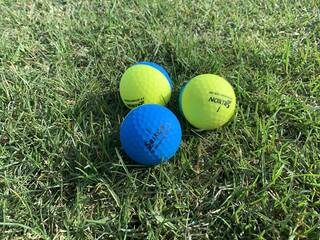
Srixon Q-Star Tour Divide Review: Pros & Cons to Consider
PXG Xtreme
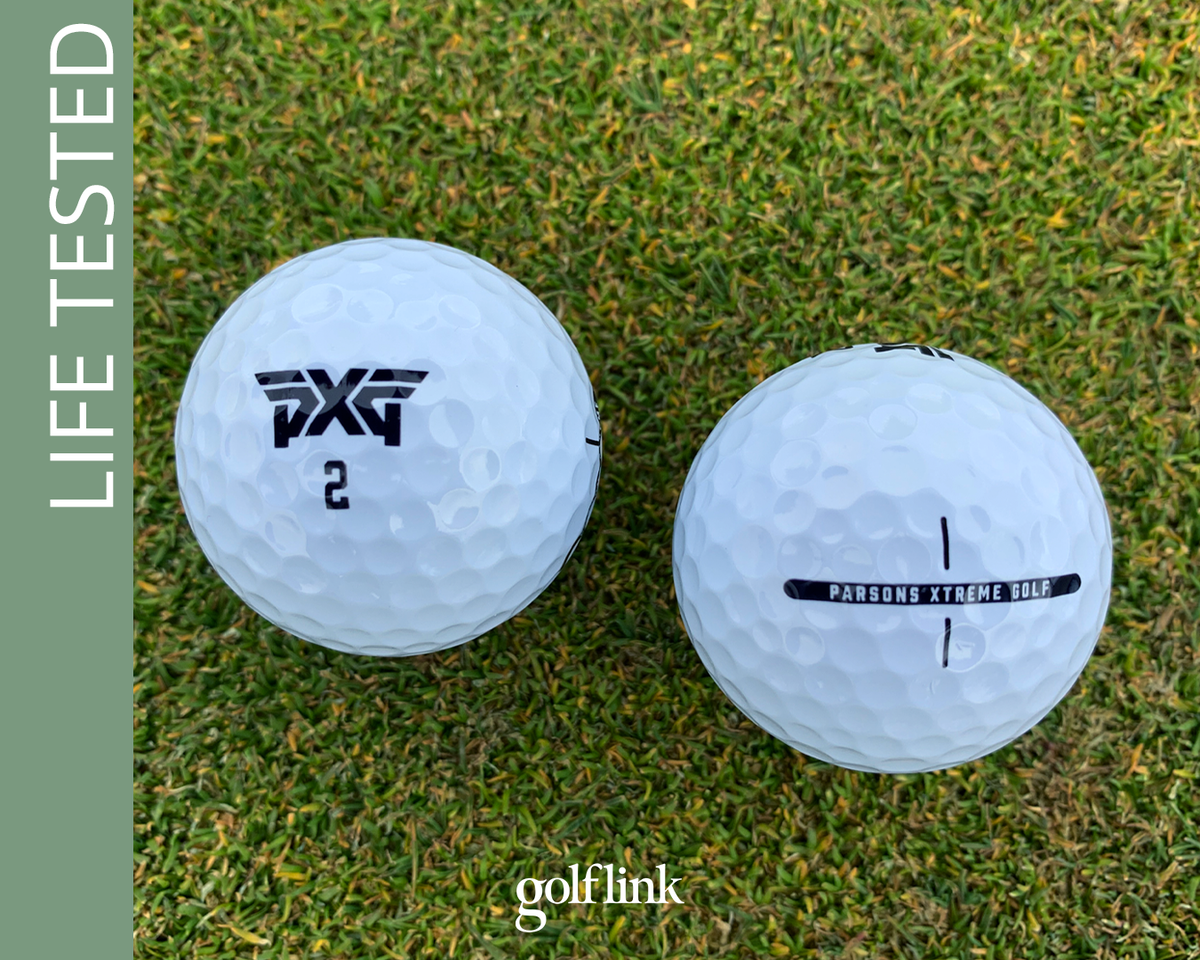
PXG Xtreme golf balls are a great value alternative to the Titleist Pro V1x
Find on AmazonShop PXG
Typical Cost: $40/dozen
Best For: Value, distance and greenside control
Construction: 3-piece
Pros:
- Very long off the tee
- Great value in the premium category
- Workable
- Impressive stopping power from irons
- Bright white finish
Cons:
- Firm feeling in the short game
- Wider dispersion than some competition
There are three price tiers of premium golf balls. You’ve got your Kirkland Signatures of the world, checking in somewhere near a dollar a ball at times, but some thorough reviewers have found those balls to be unreliable. On the other end of the spectrum, you’ve got your Titleist Pro V1s and Callaway Chorme Tours, which will set you back about $55 per dozen. Sure, you get what you pay for, but so many of us simply aren’t willing to spend that much on balls.
That’s where the PXG Xtreme golf ball fits in. At $40 per dozen, it’s a welcomed price break over those top-end competitors, but from a performance standpoint, you’d be hard-pressed to notice a difference between a PXG Xtreme and a Titlist Pro V1x out on the course.
I put these PXG Xtreme balls through a thorough test, and I was most impressed with the distance off the tee combined with the short game control that these churn out.
It’s a workable ball, so you may notice wider dispersion on your misses compared to one that fights sidespin and curve, but most low-handicap players prefer that workability, plus that typically comes with better short game control, which is absolutely true here.
If you want Pro V1x-like performance for around $40 per dozen, this should be the first ball you test.
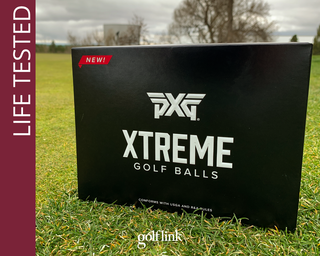
PXG Xtreme Golf Ball Life-Tested Review
Maxfli Tour
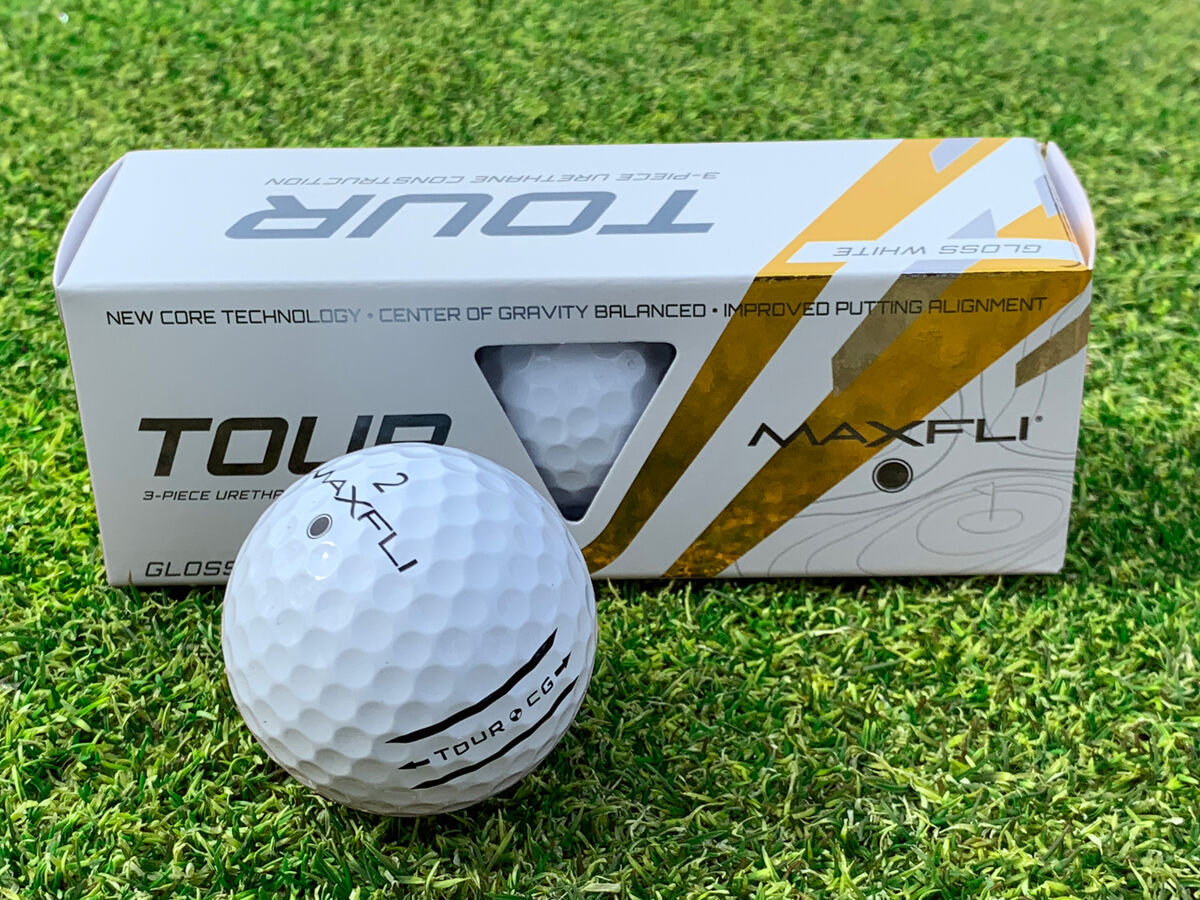
Buy at Dick’s
Typical Cost: $40/dozen or $110/4 dozen
Best For: Bulk value, short game control
Construction: 3-piece
If rave reviews aren’t enough to convince you that these Maxfli golf balls are the real deal, how about the fact that Lexi Thompson has now jumped on board as a Maxfli tour staffer? Yes, Thompson is gaming these Maxfli Tour balls in competition.
Both the Tour and Tour X are worthy of any low-handicapper’s consideration, but we gave the nod to the Tour because in our opinion, it delivers an edge around the greens without sacrificing in other areas. We also found the Tour to launch a touch lower, which can help if you have a higher swing speed or if you typically play in windy conditions.
Either way, at $40 per dozen or $110 for 4 dozen, you certainly don’t need to feel stuck paying $55 for a box of premium golf balls anymore.
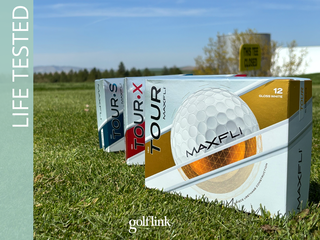
Maxfli 2025 Tour vs. Tour X (and Tour S): Tested & Reviewed
Wilson Triad
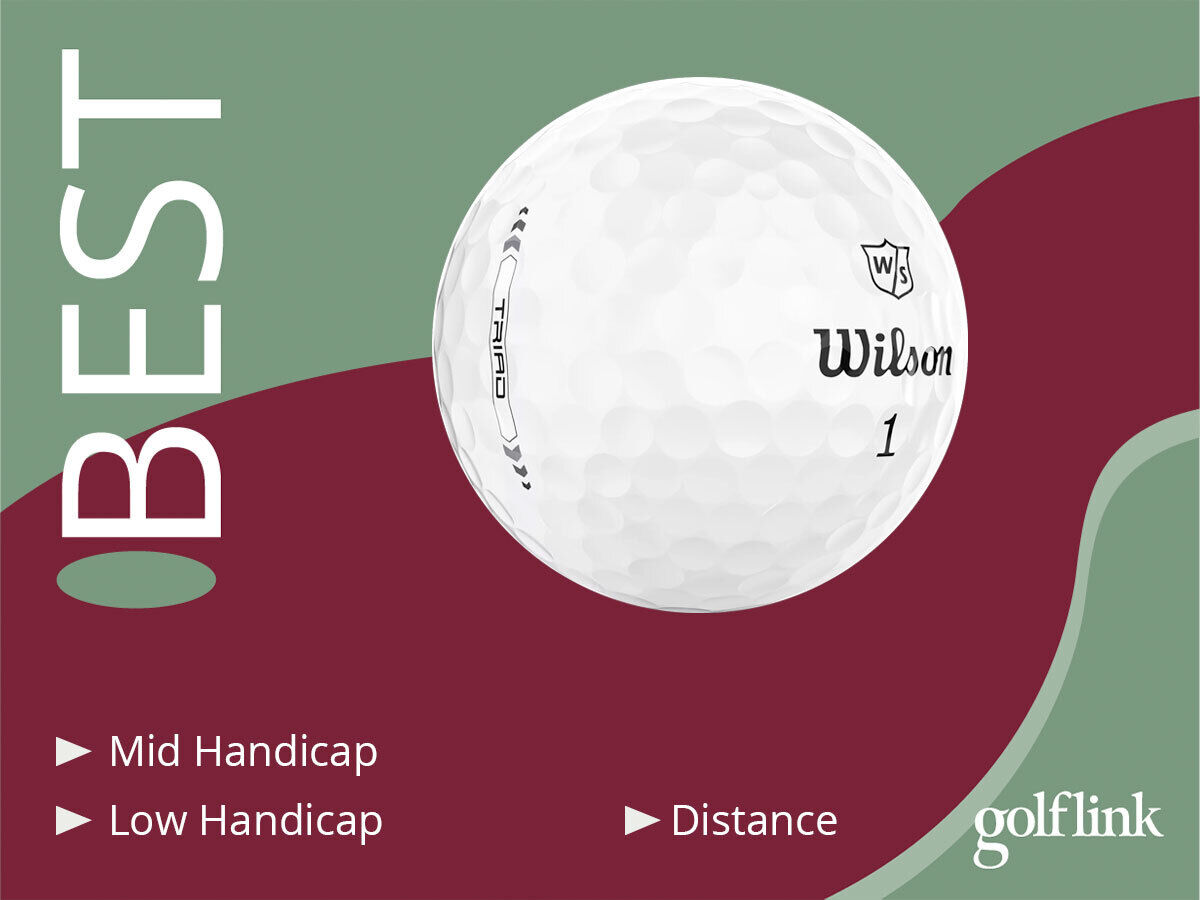
CHECK WILSON CHECK AMAZON
Typical Cost: $40/dozen
Best For: Solid all-around performer with straight flight and strong stopping power
Construction: 3-piece
Pros:
- Great value in an all-around performer
- Straight flight
- Better for players who prefer more roll over more carry in the short game
Cons:
- Distance comes up almost five yards short of the leader (Bridgestone Tour B X) on this list
- Not ideal for players who prefer maximum greenside spin
Aside from the Q Star Tour – which is a bit of an outlier – the Wilson Triad is the straightest-flying ball on this list. If you’re a low-handicapper with a faster swing speed and prioritize hitting the ball straight, the Triad is a great ball to try.
While straight flight typically comes at the price of stopping power, the Triad holds its own when it comes to holding greens.
Ballnamic rates the Triad’s greenside spin as Moderately High, which is actually lower than every other ball listed here. That makes it a better option for players who prefer to get the ball on the ground as quickly as possible in the short game, but it could be a turn-off for players who rely on the low-spinning, two-hop-and-stopper around the green.
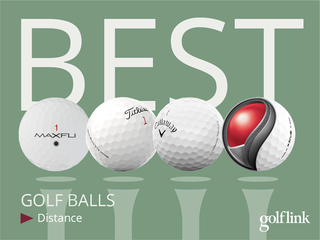
10 of the Longest Golf Balls to Try in 2024
OnCore Vero X2

Find on AMAZON
Typical Cost: $50/dozen or $70/2 dozen
Best For: Workability and holding greens
Construction: 4-piece
The OnCore Vero X2 is arguably the best ball for shot shapers. Its workability, according to Ballnamic, is head and shoulders above any other ball on this list, and the only ball that rivals its stopping power is the ProV1x. Meanwhile, the Vero X2 offers top-of-the-line greenside spin.
These benefits come at the price of a little bit of distance, as the Vero X2 is longer than only the Bridgestone Tour B XS among the balls on this list, and falls about five yards short of the longest ball, the Bridgestone Tour B X.
If you like carving it into greens with your irons, and don’t need to squeeze every last yard off the tee, this could be the ball for you.
Pros:
- Best for shot-shapers
- Top-tier stopping power
- Great value when you buy in 2 dozen at a time
Cons:
- Noticeable distance drop off – about 5 yards – compared to the longest balls in this category
- Lowest wind performance rating of the balls in this category
- May not suit players who prefer more subtle workability or a straighter ball flight
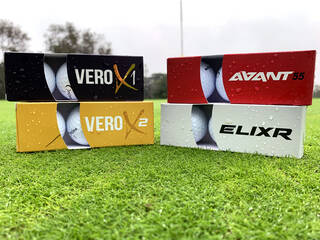
Complete Review of the OnCore Golf Ball Lineup
Bridgestone Tour B XS
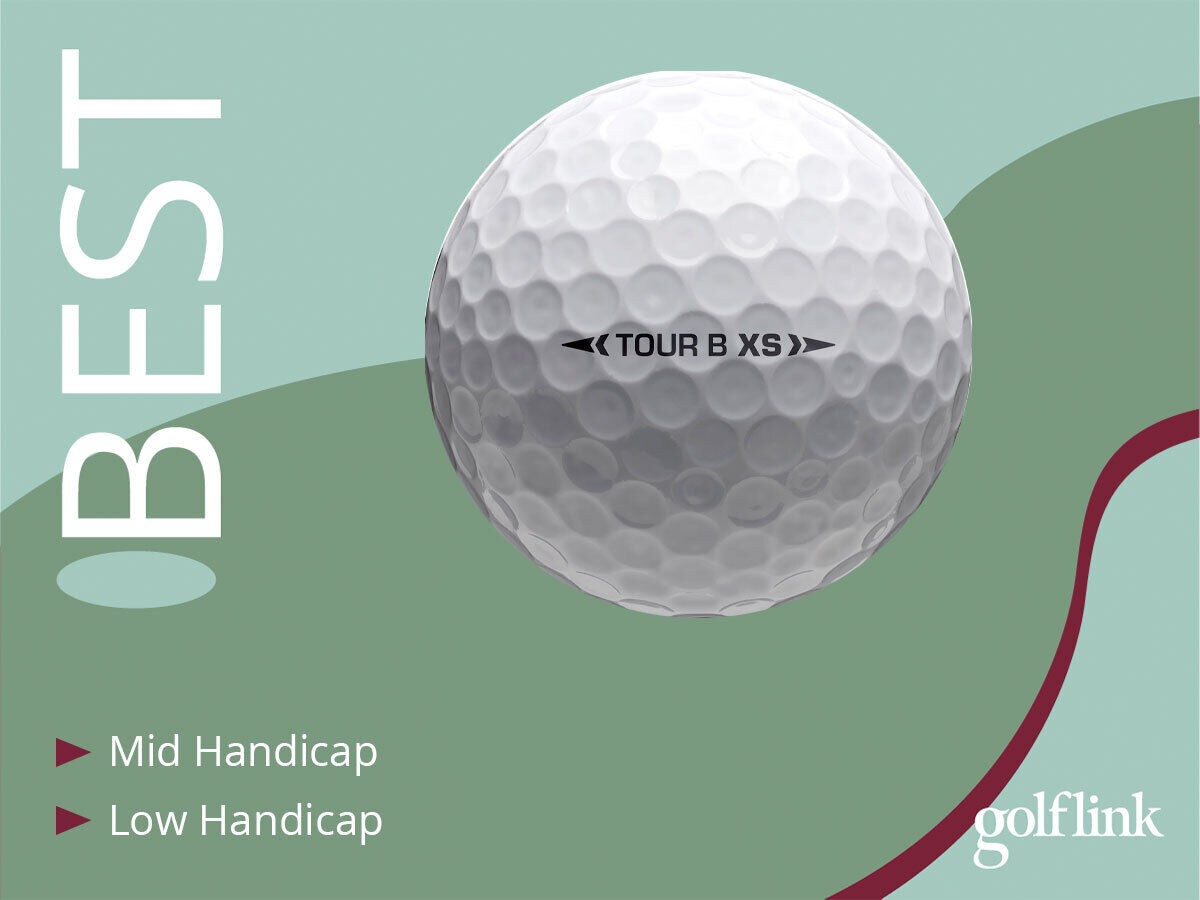
Buy at Dick'sCHECK AMAZON
Typical Cost: $49.99
Best For: Iron, full wedge, and short game control
Construction: 3-piece
Pros:
- Among the most workable balls
- High-end spin on full wedge shots paired with very high greenside spin make it ideal for players who prioritize the scoring clubs
Cons:
- Some distance is sacrificed for performance closer to the greens
- Lacks some stability in the wind
If this ball sounds familiar, that’s because its sibling, the Tour B X, is at the top of the list as the best golf ball for low-handicap players. The Tour B XS is also a great ball, but for different reasons.
The “S” stands for soft, meaning the Tour B XS is the soft version of the Tour B X. In addition to feeling softer on your putter, the “S” impacts the ball’s performance in a few ways.
First, the Tour B XS is the shortest ball on this list, it’s more than five yards shorter than the Tour B X. It makes up for that as you get closer to the green. With the irons, the Tour B XS is quite workable and stops quickly – about a foot quicker than its sibling the Tour B X. Spin on full wedge shots trails only the Callaway Chrome Soft X, and the Tour B XS tops that off with the best greenside spin performance of the balls in this category and a soft feel.
You may know the Tour B XS as “the Tiger Woods ball,” and if you want the best-performing ball from your irons and in, and are willing to sacrifice a little distance off the tee, the Tour B XS could also be your ball.
Srixon Z Star XV
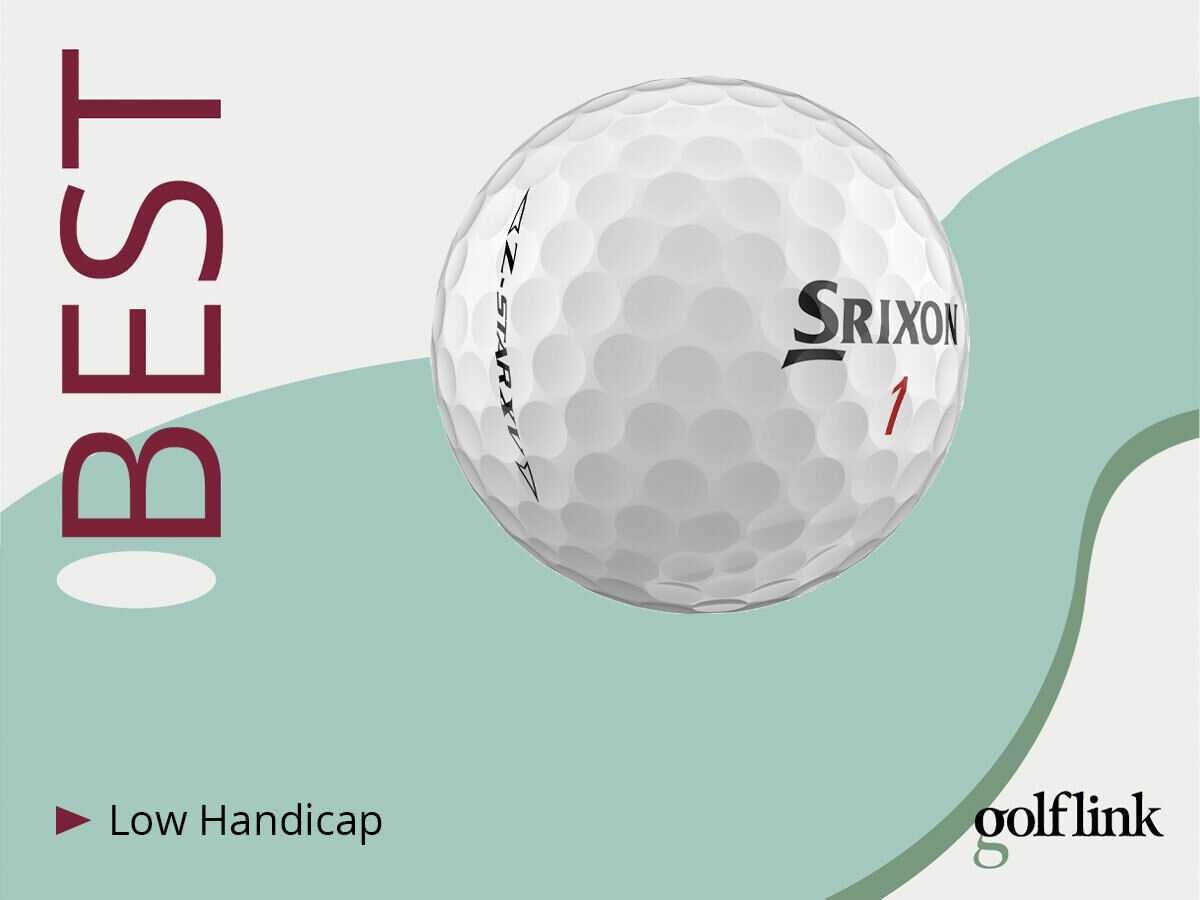
Buy at Dick'sCHECK AMAZON
Typical Cost: $47.99
Best For: Strong all-around performer with slightly lower full wedge and greenside spin
Construction: 3-piece
Pros:
- Strong all-around performer
- Workable
- Lower-spinning option on full wedge shots makes it a good option for players who have too much spin on those shots
Cons:
- Does not excel in any one facet
- Most players want more spin from wedges, not less
The Srixon Z Star XV is a well-balanced ball that sits in the middle of the pack in driver distance, wind performance, stopping power and flier prevention. It’s on the more workable end of the straight-flying/workability scale, but even there it’s a modest performer.
So why would you play a ball that’s so middle-of-the-road? Because while other balls go all-in in one area, they ultimately must make sacrifices in others. Meanwhile, the Z Star XV performs well across the board. In many cases, the performance difference between the Z Star XV and the top performer in a certain facet would be undetectable on the golf course.
One exception is full swing wedge spin, where the Z Star XV is a lower-spinning ball than the other brands on this list. If you’re tired of your full swing wedges sucking back away from the hole, or if you wouldn’t mind a little rollout on those shots, the Z Star XV is a good pick. However, if you prioritize maximum spin on your full swing wedge shots, this is not the ball for you.
Picking the Best Ball for You
Are you willing to give up some stopping power to play a ball that flies straighter? Or would you rather have a ball that’s workable and stops quicker?
Every single one of these recommendations has some serious benefits, but that doesn’t mean that every one of these balls would be a great match for you. Before you can decide which ball is best for you, you must first figure out where your ball can help you the most, then find one that excels in that area.
If you really want to know which ball is best matched for your game and your needs, put your preferences into the Ballnamic ball fitting engine and see how your specific preferences and typical launch conditions influence which balls match your game. A small investment can help you find your best-matched ball, and save you from buying dozens of different balls, trying to put the manufacturer’s marketing claims to the test yourself.